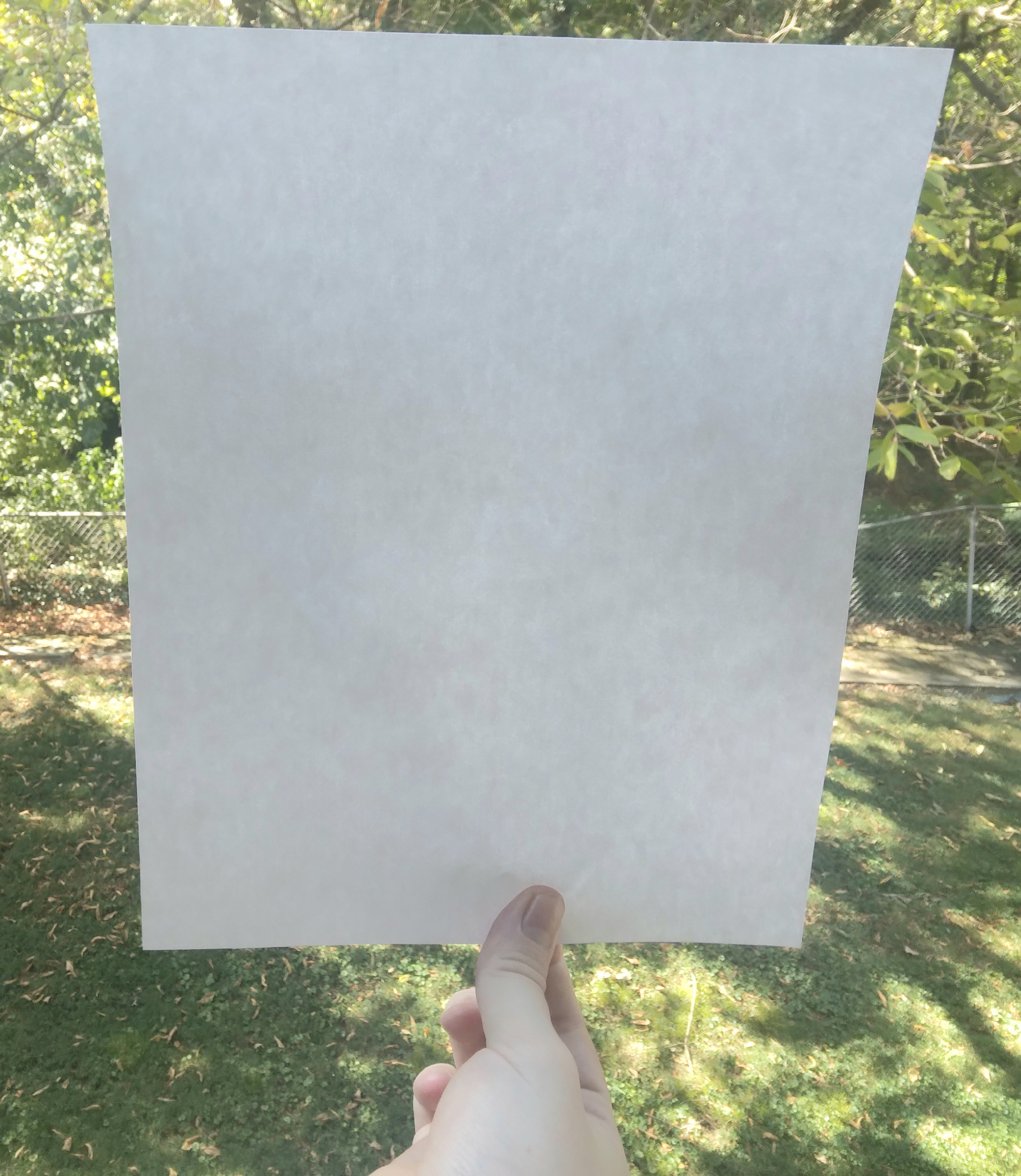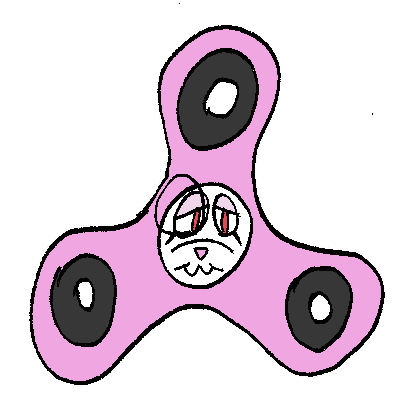I’m a neurodivergent person, and I suspect many of us are, and as such I sometimes need something to do with my hands–stim toys usually serve that function, and I like them so much, I’ve even taken to making my own, after a fashion. This document represents all the things I’ve learned that I personally appreciate in stim toys, and try to accommodate when I make them, and maybe if you have an interest in the field or are just neurodivergent yourself, you’ll find this document an interesting read.
A few notes, first:
First, this document really only represents my personal views in what makes a “good” stim toy–I don’t have any experience with the toy industry, and I don’t know what sorts of things go into making these things that I have no knowledge of, or economic factors that might make some of these guidelines difficult to follow–these are all basically just my opinions, but they’re opinions gained from making stuff for myself and experimenting and seeing what I like. Don’t take these as gospel.
Second, although I list a fairly wide range of thoughts concerning what I would want out of a fidget toy, by no means do I think *every* one of these rules needs to be followed on *every* fidget toy someone makes. For example, I think chewables would have trouble following a bunch of these rules. It’s just meant as a magnetic north, to try and situate yourself to make the best version of what you want to make! (I actually made an example game meant to follow as many of these guidelines as possible, and I’ll link to it in a later paragraph, but I’ll just say I do not find it more satisfying to fidget with than other toys that don’t meet all the guidelines. Again, these rules are not gospel! They’re just meant to paint a broad picture of what I want)
Third, I’ll mostly be using my own games as examples here, not to disparage any other stim toys (professionally made or not) but just to show that my ideas here are coming from experience. Maybe the stim toy you’re currently selling is better than any of the ones I’ve made, I wouldn’t doubt you! But I’m using the ones I made myself cause those are the ones I’ve had the most time to think about.
For the sake of discussion, I am employing a perhaps over-generous definition of “toy” to this document–a toy *could* be a physical object intended to be played with, or it *could* be a set of instructions that you use to craft your own object which you can then play with, OR, it *could* be just a set of instructions, with no physical form whatsoever, that you play with inside of your own brain. I realize this is a difficult ask, but I don’t have time to defend myself on this front, so please just assume that the definition for “toy” is simply “something you play with” (this obviously accommodates digital playthings such as video games, but we’ll only barely be touching on that here).
Games/toys I’ll be referencing in this document:
Grass Game (played with a blade of grass–this is my favorite one all around, though I can only play it when I choose to take my work breaks outside–it’s nice, though)
Stone Game (played with a small rock or other small hard object–I think this one is the ideal fidget toy to play with when you feel aggressive and like you need to hit things, but don’t want to cause your future self any problems)
Paper Game (played with a piece of paper, ideally printer paper–This one is a bit of an attention suck, but I enjoy it immensely–I like to play it while I wait for the computer at work to let me clock out for the day. It makes the bad wifi all the more bearable! This is also my favorite one to play with while listening to podcasts)
Those three represent in my opinion the best pieces of work I’ve done along these lines.
I’ll also mention Pencil Game (played with a pen or pencil) which is a game I think isn’t as good as the others, but which well illustrates some principles I’ll be going over later.
I’ll also mention Touch Game, as my take on a fidget toy that accommodates as many of the following rules as possible. I actually find this one less pleasant to stim with than the other ones mentioned, possibly because it is not played with a physical object (Something I believe I vaguely alluded to earlier).
Finally, I’ll bring out This Game, which I intended as a joke game that breaks as many of these rules as possible. It barely qualifies as a game OR a toy, it barely even qualifies as original work–I stole the instructions from that one meme Youtube video and put them in a different context. I present it to you merely as context for what follows.
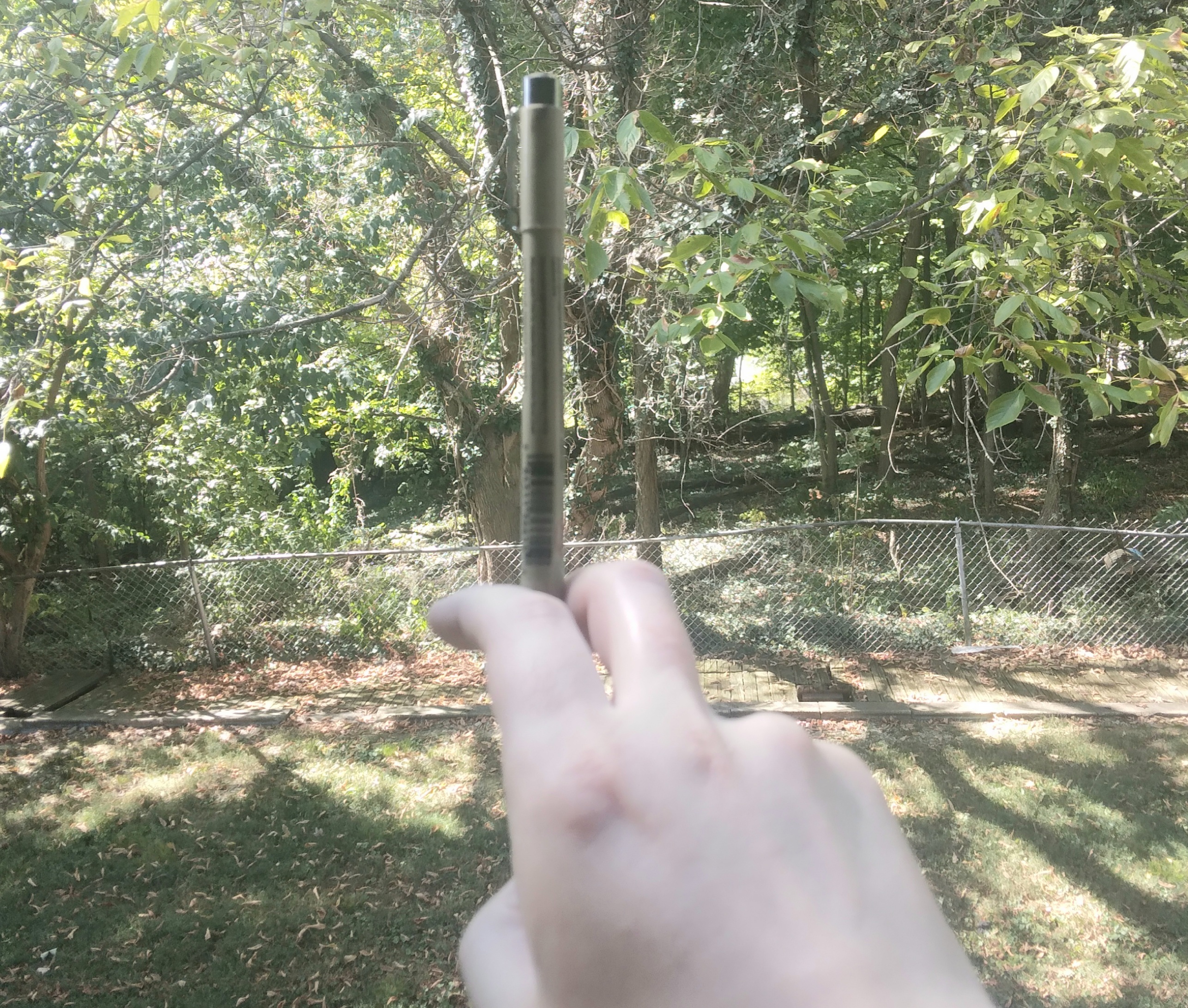
Okay! That should be all the setup we need! Now, here are my ten guidelines for making the “perfect” fidget toy!
1)
Should be playable either standing up or sitting down (or lying down)--I work in a grocery store, and I only get to sit down a couple times a day during my shift–*I think* I should still be allowed to play with stim toys on the clock! I deserve some levity in life (in my opinion).
2)
Should be playable without a table or other flat surface. Uh, it’s nice to have a stim toy you can play with on the bus, you know? (I feel like these first two are obvious but you'd be surprised how easy it is to fail this)
3)
Should be comfortable in the hand and not hurt too much to play with for prolonged periods of time. This is surprisingly difficult to pull off! Stone Game actually sort of fails this rule–after a while, you just need to put the rock down!
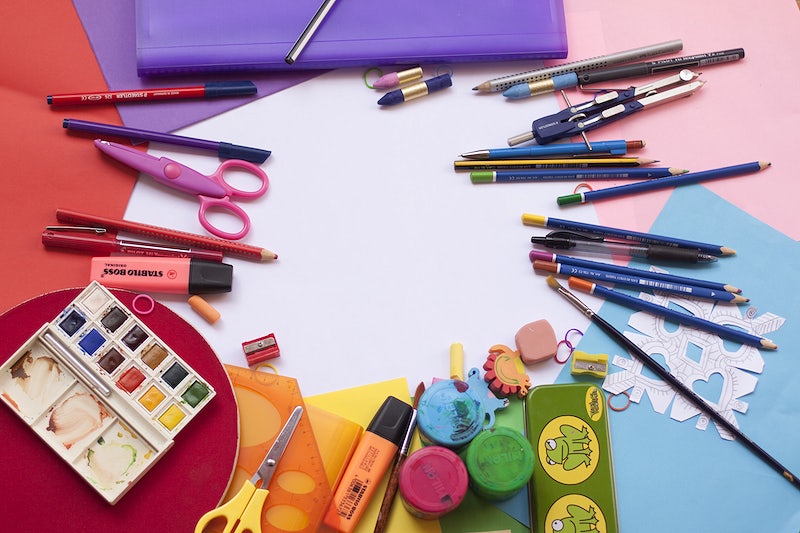
4)
Should be either extremely sturdy and hard to break, OR, even better, Should be easily replaceable or constructed out of extremely common material (household objects, paper, grass, etc). Obviously a broken stim toy is less fun than a working one. The second option is better because it means lower income people can more easily enjoy the toy. Seriously, we don’t need to emulate classism in our entertainment choices.
5)
Should have some sort of goal, IE a soft win/loss condition--extremely soft, mainly just existing as something for the user to aim for, not so much to reward/punish (example: Grass Game is a simple fun stim game, and requires some attention on the user's end, less the ball of grass unspool back into a blade, which is the loss condition--important here is that the loss condition is extremely soft and doesn't require the user to stop stimming, it just gives the user an extra side thing to focus on if they so choose). This is obviously just personal preference.
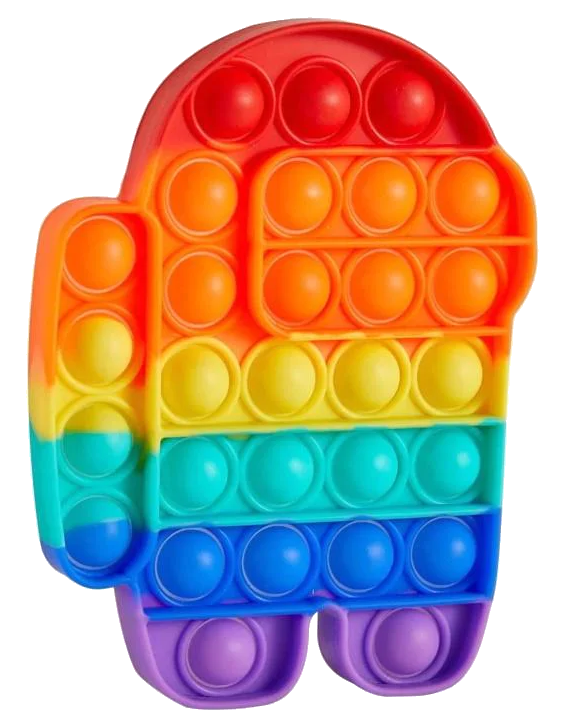
6)
Should have some sort of contextual reasoning behind the stimming, or something to at least lightly encourage idle roleplaying. Again, personal preference--i realize this quality sort of blurs the line between "stim toy" and "regular toy" tho I feel like there are plenty of adults who would enjoy roleplaying with toys given permission and I also feel like the difference is that, context or not, stim toys are much more *about* stimming vs children's toys, which are mostly for roleplaying. I think the Pop-Its that are shaped like Amogi are not a million miles away from getting this right. Example of this principle in action: What if, instead of being a contextless geometrical shape, the fidget cube had a face on one of its sides (let’s say it’s on the worry stone side) that’s molded to look like it’s experiencing anxiety? You could call it “Anxiety-Bot” and include an insert in the packaging explaining that the cube is anxious, and that fidgeting with it helps to ease its anxiety–which is also of course what doing so would do for YOU! That’s stronger, I think. (From my own games, I think Stone Game is the strongest I’ve done in this regard–I think the activity is not complete without the context! By comparison, I think Touch Game only just barely meets this criteria–I will begrudgingly count it, but it’s a near miss on accommodating every one of these rules!)
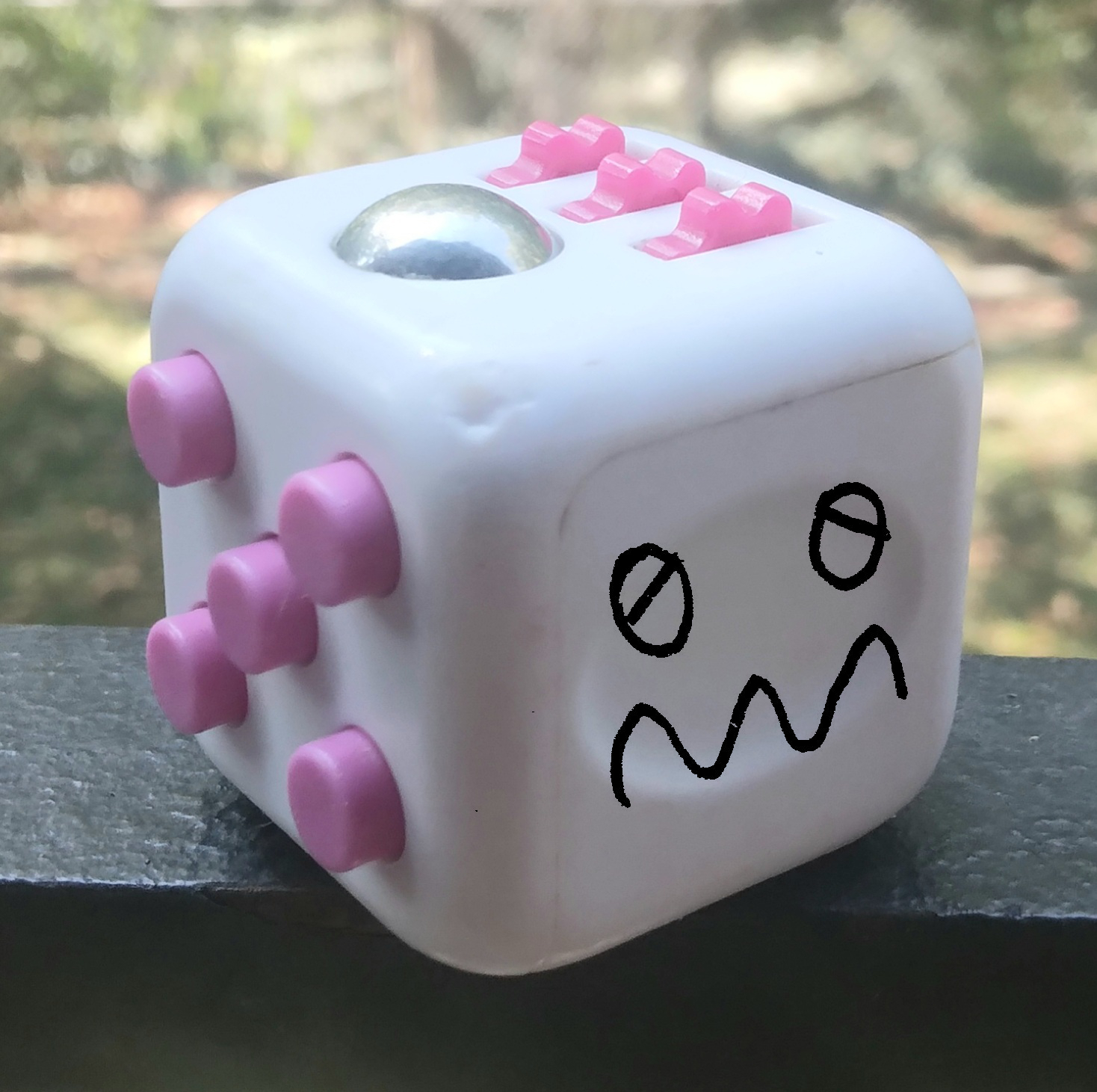
7)
Operation of the stim toy Should not carry significant risk of dropping it. I've made this mistake many times before–"tossing something in the air and catching it" is an obvious concept but it's annoying if you drop the object. Avoid letting people do that. From my own experience, Pencil Game is something I was very proud of when I first came up with the idea, that I came to kind of dislike because it’s annoying to pick it up after losing–Paper Game is a much improved version of the same mind activity!
8)
Should be usable virtually anywhere--inside, outside, in public spaces, etc. Weather conditions and social norms should not prevent use of the toy. I'm sure this one seems so obvious it's hardly worth discussing, but I've effed this up a number of times, so let's put it on record. (One thing I feel from my own toys is that Paper Game and Grass Game kind of neatly compliment each other–Paper Game works best indoors, Grass Game works best outdoors–I wish I’d thought to incorporate them into the same zine!)
9)
Normal use of the stim toy should not carry serious risk of injury--i know that's also hyper-obvious and no, I've never seen someone fail this, but I figure I might as well cover all of the obvious criteria too, just to be careful. So, no skin picking stim toys!
10)
For electronic stim toys specifically--should not rely too much on extrinsic rewards eg: Should not be a glorified clicker game. If playing with the toy makes a number go up, it should reset to zero momentarily--otherwise, you are encouraging the user to stim even when they don't feel like stimming, and that is manipulative and cruel. Let the user decide if they want to keep playing with the toy, don't decide for them. Stimming should be its own reward, NOT higher numbers (Another reason why Paper Game is better than Pencil Game).
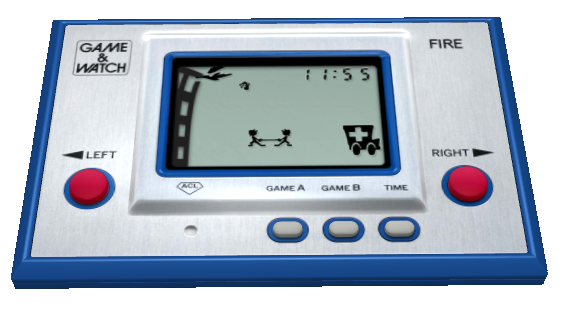
Addendum #1)
A fidget toy doesn’t necessarily have to be something you only use one hand to operate! I actually assumed this one was a rule for a long time, I guess owing to similar design advice I’ve seen involving mobile games–fidget toys can be two handed devices, though! You’d expect one handed ones to be good because they leave a hand free, but have you ever actually TRIED to fidget in one hand and, say, draw with the other? It’s not that easy! It’s like using a pair of chopsticks in both hands–it sounds simple until you do it. So it doesn’t matter if a fidget toy only uses one hand, because the other is probably not going to be free anyway!
Addendum #2)
Variety is optional--on something like a fidget cube, most people have a particular side they like best anyway, and people do often collect these toys and basically have options to choose from that way. A fidget toy can be just one thing, if you want.
Those are my guidelines on fidget/stim toys–to be honest, now that I’ve gotten them written down, and especially now that I’ve written Touch Game and the “Shove it Up Your Ugly Ass” Game, I personally think the path for me is to stop thinking about these rules forever, and make whatever I want. I actually made this game for a game jam, Croc 2, as an intentional attempt to make a stim toy that breaks more of these rules than I’d usually allow myself to break, and you know what? I think that game’s alright. Maybe these rules I just listed are not important at all! Maybe this entire article was a massive waste of time to write and to read. Well, hope you got something out of it anyway! Bye~
